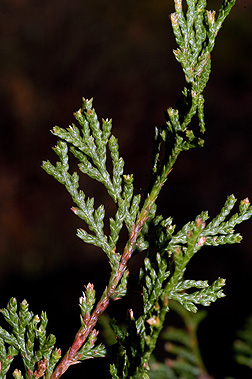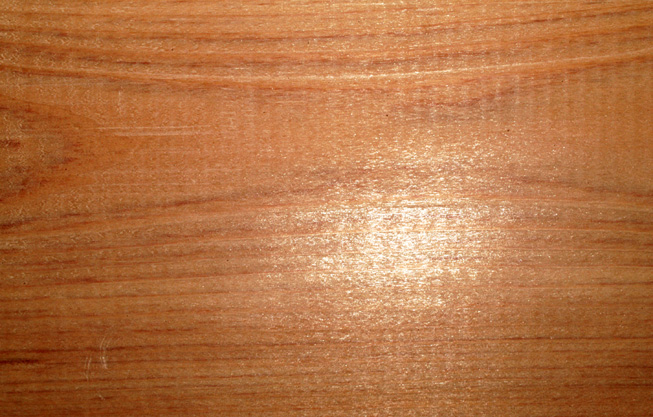


Atlantic white-cedar is mostly found within 100 miles of the coast. It is relatively rare because of habitat loss and overcutting for the valuable decay-resistant wood.
Light ![]()
Propagated easily from seed and rooted cuttings. Clearcutting and burning can result in dense stands if there is a seedbank and deer are controlled.
Water
![]()
![]()
![]()
![]()
![]()
![]()
Atlantic white-cedar is very commonly planted as an ornamental. It is found along fresh water streams, swamps and bogs. Soils are usually peat-covered sands.
Growth
![]()
Size
![]()
When young, grows as a slender column, eventually spire-like. Branchlets are slender and irregularly arranged (not as flattened sprays).
Timber Value ![]()
The wood is highly sought after for its straight grain, workability and rot resistance. It is used for a variety of outdoor products, inclding siding.
Wildlife Value ![]()
A preferred browse species for deer, and an important evergreen cover for a variety of other animals.
Attracts deer
Fun Facts
The lumber is very light and durable, and has a very wide variety of uses. The wood is so valuable that prehistoric logs have been mined from New Jersey bogs.
Latin Meaning
Chamaecyparis: Greek "chamai" (low growing) and "kuparissos" (cypress) /
thyoides: like Thuja
Home - I.D. Fact Sheet - USDA Silvics Manual - Additional Silvics
Landowner Factsheets © 2004 Virginia Tech Forestry Department, all rights reserved. Text, images, and programming by: Dr. Jeff Kirwan, Dr. John R. Seiler, John A. Peterson, Edward C. Jensen, Guy Phillips, or Andrew S. Meeks.